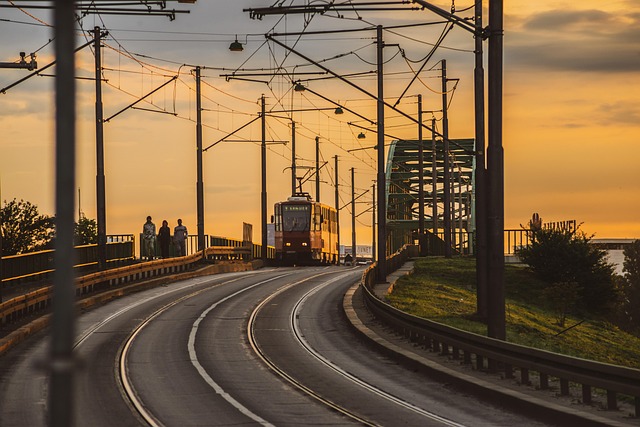In an era where the effects of climate change are becoming increasingly evident, it has become vital for communities and individuals to seek solutions that promote sustainability and resilience. One approach that is gaining traction is the concept of green infrastructure. This innovative strategy not only addresses environmental challenges but also enhances the quality of life for urban residents.
But what exactly is green infrastructure? At its core, it refers to a network of natural and semi-natural systems that are designed to manage stormwater, improve air quality, and enhance biodiversity. Think of it as using nature’s own design to solve modern problems. From green roofs and permeable pavements to urban forests and wetlands, these elements work in harmony to combat the adverse effects of climate change.
One of the most pressing issues related to climate change is the increasing frequency and severity of storms. Traditional infrastructure often exacerbates these problems, leading to flooding and water pollution. Green infrastructure, however, offers a more sustainable alternative. By using natural landscaping methods, such as rain gardens and bioswales, cities can better absorb rainfall, reduce runoff, and filter pollutants before they reach local water bodies. This not only mitigates flooding but also promotes cleaner waterways.
Moreover, green infrastructure serves as a powerful tool for enhancing urban ecosystems. The integration of trees, parks, and green spaces into the urban fabric supports biodiversity by providing habitats for various species. As cities grow, it becomes crucial to maintain a balance between development and nature, ensuring that urban dwellers are not completely disconnected from the natural environment. This connection is vital for both mental well-being and physical health.
In addition to its environmental benefits, green infrastructure can also bolster local economies. Green spaces are not only aesthetically pleasing; they can also increase property values and attract tourism. Cities that invest in eco-friendly systems often see a return on investment through increased economic activity, making it a win-win situation for both residents and local governments.
Beyond immediate urban settings, the implementation of green infrastructure can have lasting effects on regional climate resilience. By reducing the urban heat island effect and improving air quality, these innovations contribute to a healthier atmosphere while addressing climate change on a broader scale. Communities that embrace such strategies are better equipped to handle the challenges posed by a warming planet.
As the consequences of climate change continue to unfold, the urgency to adapt and innovate has never been clearer. By investing in green infrastructure, we can transform our cities into sustainable bastions of biodiversity, resilience, and community. It’s a call to action that resonates deeply, urging every one of us to play a part in building a greener future.




